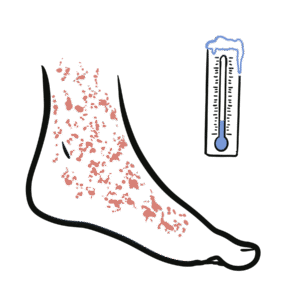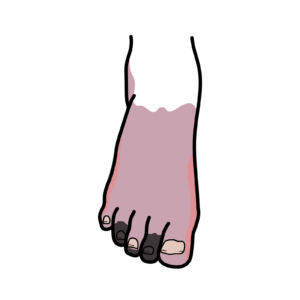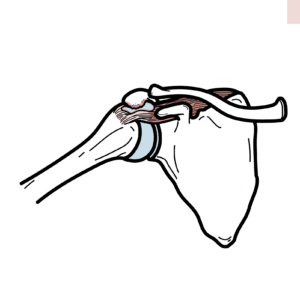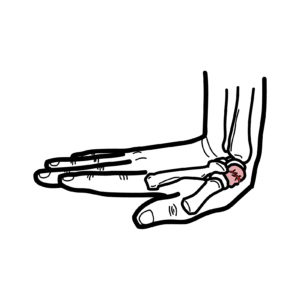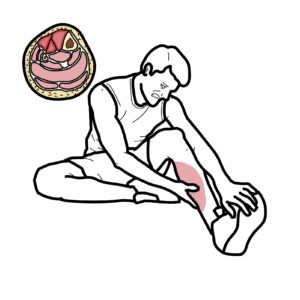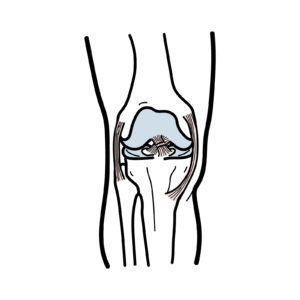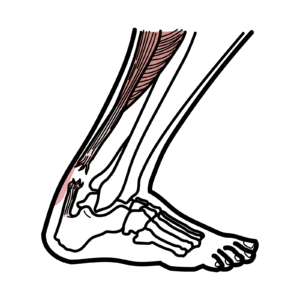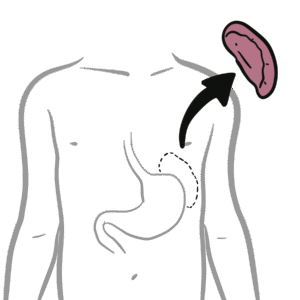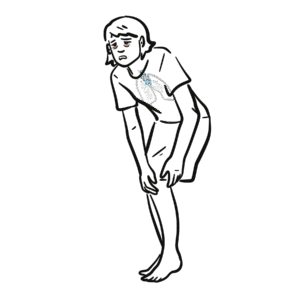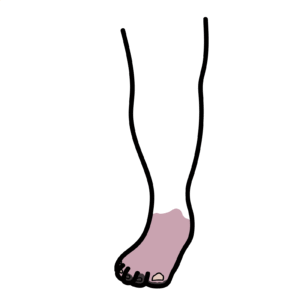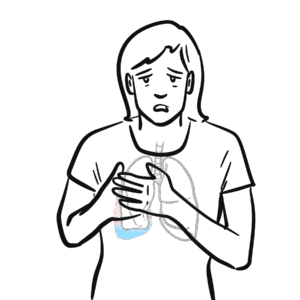Vasculitis Pathophysiology Overview
Immune-mediated vasculitis: how inflammation damages arteries, causes palpable purpura, ischemia, stenosis, and aneurysms. Learn the core pathophysiology of vasculitis and the immune mechanisms driving vessel injury, including antigen presentation, molecular mimicry, immune complex deposition, ANCA-driven neutrophil activation, complement-mediated damage, and granulomatous inflammation. This clear, clinically focused video explains classification by vessel size (large, medium, small), why small- and medium-vessel disease produces cutaneous findings like palpable purpura, and how endothelial injury leads to fibrinoid necrosis, thrombosis, and long-term fibrosis. Viewers will understand how dendritic cells, CD4/CD8 T cells, B cells and plasma cells interact to produce pathogenic antibodies, how immune complexes and complement trigger endothelial lysis and opsonization, and how premature neutrophil activation in ANCA-associated vasculitis amplifies inflammation. The video also covers repair mechanisms—hemostasis, platelet plugs, fibrin meshes—and why healing can cause permanent vessel narrowing or aneurysm formation, resulting in tissue ischemia and organ dysfunction. Designed for medical students, clinicians, and healthcare professionals, this concise overview links immunology to clinical signs, pathology, and complications to improve diagnostic insight and patient management. Watch to deepen your understanding of vasculitis mechanisms and recognize the pathological processes behind common syndromes and cutaneous manifestations—apply this knowledge to diagnosis, treatment considerations, and patient care.




